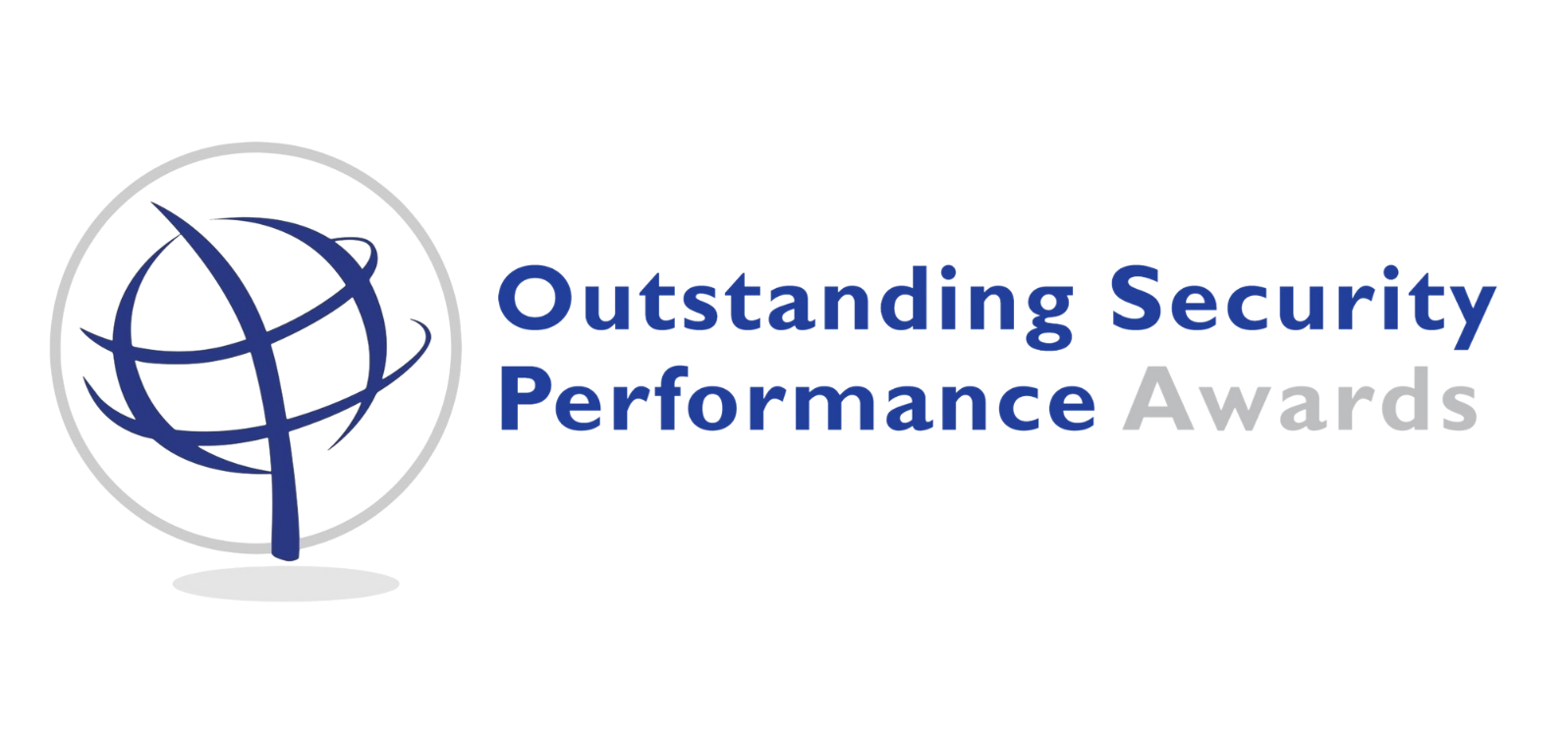Around the world ‘Food and Agriculture’ is often designated a Critical Infrastructure Sector. It is diverse – e.g. crops, livestock, poultry, seafood – and the threats are as diverse as climate change, international conflicts and theft and fraud including by organised criminals. Clearly this is an area where security professionals have had to step up, but how well protected is our food supply? What are the risks and are we sure we are preparing and responding effectively? How can increased information sharing between & amongst the public & private sectors help to reduce these risks? This webinar will highlight these issues and discuss:
- The importance of private/public partnerships in protecting food terrorism
- Improving information sharing – the need for a global food and agriculture centric information sharing analysis center (ISAC)
- The role of transportation security/cargo theft mitigation in reducing threats to the food supply/global strategies to improve a supply chain of a competent workforce
Chair: Professor Martin Gill
Panelists
Megan Francies – LambWeston; Food Protection Manager | Intentional Adulteration & Food Defense; ASIS Food Defense and Agriculture Security (FDASC) (steering committee member)
Mark Wittrock – Assistant Director – Health, Food and Agriculture Resilience, Office of Health Security, U.S. Dept of Homeland Security
David Goldenberg – Univ. of California, Davis; InfraGard National Sector Security and Resilience Program (NSSRP), Food and Agriculture Sector, chief
Andy Griffiths – European Regional Security Director at Firmenich; ASIS FDASC, vice chair; coordinator, Fake Carrier Intelligence Group (LinkedIn)
Summariser: Jason Bashura – MPH, RS Sr. Manager, Global Food Defense; PepsiCo; coordinator, Food Defense Consortium; ASIS FDASC Chair; InfraGard Food and Ag NSSRP
Key points
Andy Griffiths makes the point that there are a whole range of challenges, from hostile actors (with different degrees of proficiency), regional conflicts, the rising cost of energy with its consequential impacts, and they can pose threats on the political, economic and financial spheres. The threats are significant. Worse still crime groups are entrepreneurial and opportunist and are continually looking for weaknesses to exploit; there is a need to be continually effective at security. Supply chains are seeing increased vulnerability resulting in the perfect storm –resulting in transportation networks being compromised by opportunistic entities seeking to take advantage of these weaknesses. The implementation of effective transportation security and cargo theft mitigation has never been more important, and more challenging. The problem is that for organisations security is a cost and it has to compete for organisational resources and therein rests another challenge.
Mark Wittrock works with many partners coordinating a commitment to be resilient but it is a challenge. He argues the case for having to think broadly and holistically. In the US there is a national response framework, which includes crisis response and recovery and it is easy to get stuck on that. You will hear him discuss the implications of industry consolidation; the importance of food security for national health and the economy; and the challenge of coordinating a response to attacks when they occur. There is much to commend a strategic alliance, but there are many stakeholders with different – often competing – interests, and it is difficult to communicate in a language, and in a timeline which meets the ideal requirements. As Mark says, your friends today are not necessarily your friends tomorrow and that always has to be borne in mind.
Megan Francies also champions the benefits of transparent and effective communication between government and the private sector. This is sometimes a weak point because important information is not always available, and/or is often provided too late. Megan underlines the need to continually seek improvements and learn from history. We are reminded that food protection is a global issue and risks and protection are entwined, so any attack in one region can have implications in another. One specific security component that is highlighted is cyber security which is a major threat, and much more needs to be done to up the game in this area.
Andy Griffiths makes the point that there are a whole range of challenges, from hostile actors (with different degrees of proficiency), regional conflicts, the rising cost of energy with its consequential impacts, and they can pose threats on the political, economic and financial spheres. The threats are significant. Worse still crime groups are entrepreneurial and opportunist and are continually looking for weaknesses to exploit; there is a need to be continually effective at security. Supply chains are seeing increased vulnerability resulting in the perfect storm –resulting in transportation networks being compromised by opportunistic entities seeking to take advantage of these weaknesses. The implementation of effective transportation security and cargo theft mitigation has never been more important, and more challenging. The problem is that for organisations security is a cost and it has to compete for organisational resources and therein rests another challenge.
Mark Wittrock works with many partners coordinating a commitment to be resilient but it is a challenge. He argues the case for having to think broadly and holistically. In the US there is a national response framework, which includes crisis response and recovery and it is easy to get stuck on that. You will hear him discuss the implications of industry consolidation; the importance of food security for national health and the economy; and the challenge of coordinating a response to attacks when they occur. There is much to commend a strategic alliance, but there are many stakeholders with different – often competing – interests, and it is difficult to communicate in a language, and in a timeline which meets the ideal requirements. As Mark says, your friends today are not necessarily your friends tomorrow and that always has to be borne in mind.
Megan Francies also champions the benefits of transparent and effective communication between government and the private sector. This is sometimes a weak point because important information is not always available, and/or is often provided too late. Megan underlines the need to continually seek improvements and learn from history. We are reminded that food protection is a global issue and risks and protection are entwined, so any attack in one region can have implications in another. One specific security component that is highlighted is cyber security which is a major threat, and much more needs to be done to up the game in this area.
David Goldenberg illustrates some of the challenges and the implications of single incidents such as when sewing needles were found in strawberries; it led to a destruction of crops and copycat offences. You will hear him discuss the implications of overseas states buying premises close to sensitive sites and fires at food processing plants highlighting the diversity of challenges. David too notes that communication is an issue; there are a lot of agencies. But some sectors, agriculture being a case in point, are not well represented. Trust is the key though to improving matters; supplying information and intelligence is enhanced when there is trust in the handler of them. David touches on the concept of an information sharing and analysis center (ISAC) and various mechanisms for how a variety of partners within the global Food and Agriculture system can communicate in a non-attributable manner to reduce commonly experienced risks. The route to making improvements here is greater education and awareness; this is work in progress.
Jason Bashura, who helped coordinate the webinar (with Rich Widup), provides a summary of the issues. He is keen that viewers will understand the differences – though subtle they may be – with respect to Food Safety vs. Food Defense vs. Food Security vs. Food Poisoning vs. Food Terrorism vs. Food Protection (see links below). The focus today has very much followed the 2007 definition from the US FDA which defined food protection as, “a concept that leverages the outputs of food safety and food defense activities.” As he summarises, ‘what our presenters have spoken about today are some of the challenges posed by the confluence of food safety, food defense practices & the phenomena of food protection from a more holistic perspective. Jason referred to a few entities that are functioning essentially as ISACs presently. Moreover, there are tangible and intangible physical security elements within each and a role to play in all 3 of these system-based approaches to keeping the food we eat and beverages we drink safe’.
A variety of questions were posed to our panelists each provided a variety of perspectives representing government, private sector, academia and non-government organizations.
Notes
Food SAFETY: “any action and activity that can be used to prevent or eliminate a food safety hazard or reduce it to an acceptable level.” (Codex Alimentarious)
“a scientific method/discipline describing handling, preparation, and storage of food in ways that prevent food-borne illness.” (WikiPedia)
Food POISONING: “: an acute gastrointestinal disorder caused by bacteria or their toxic products or by chemical residues in food” Merriam Webster
Food DEFENSE: “the process to ensure the security of food, food ingredients, feed or food packaging from all forms of intentional malicious attack including ideologically motivated attack leading to contamination or unsafe product.” (Global Food Safety Initiative – GFSI)
Food DEFENSE: “Food Defense is the effort to protect food from acts of intentional adulteration or tampering.” (US FDA)
Food DEFENSE: “Food defense is the protection of food products from contamination or adulteration intended to cause public health harm or economic disruption.” (USDA)
Food FRAUD: “a collective term encompassing the deliberate and intentional substitution, addition, tampering, ormisrepresentation of food, food ingredients, feed, food packaging or labeling, product information or false or misleadingstatements made about a product for economic gain that could impact consumer health.” (GFSI)
Food SECURITY: “Access to an ample, nutritious food supply” (World Health Organization)
Food TERRORISM: “An act or threat of deliberate contamination of food for human consumption with chemical, biological, or radionuclear agents for the purpose of causing injury or death to civilian populations and/or disrupting social, economic, or political stability” (WHO, 2002).
Food PROTECTION: “a concept that leverages the outputs of food safety and food defense activities”. (US FDA, 2007)
Resources available @ the Food Defense Resource Center, hosted by Food Safety Tech – is AVAILABLE here
Joshua’s summary resources: ASIAS Aero Portal, Operation Opson, & Food Industry Intelligence Network
Professor Martin Gill
16th March 2023

